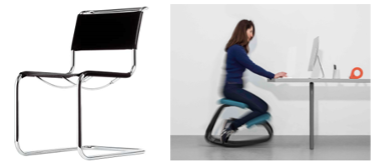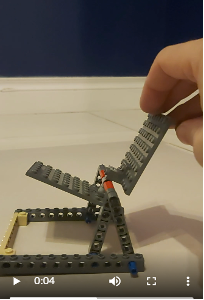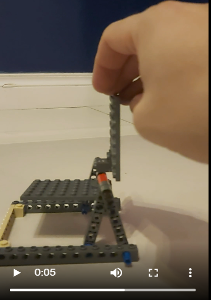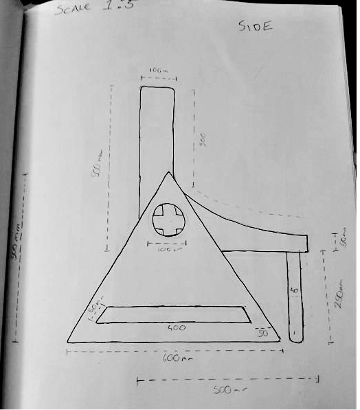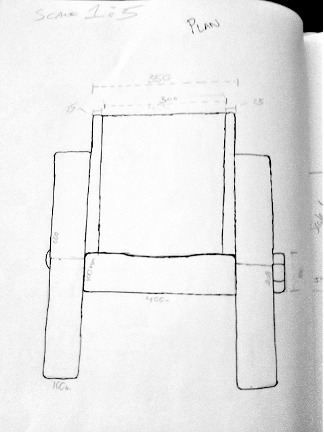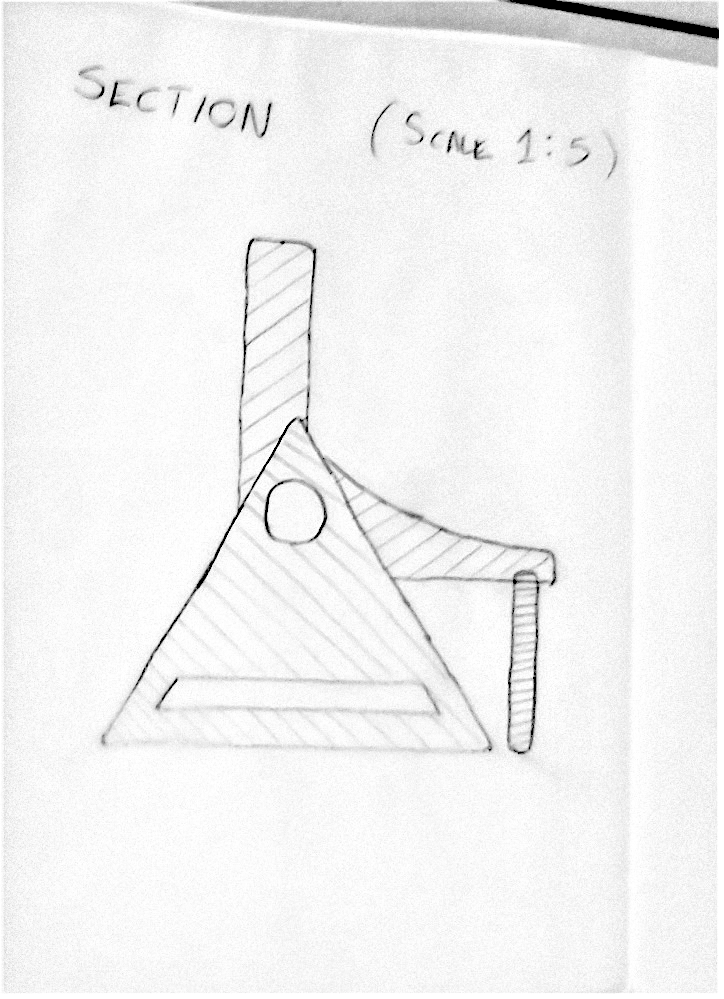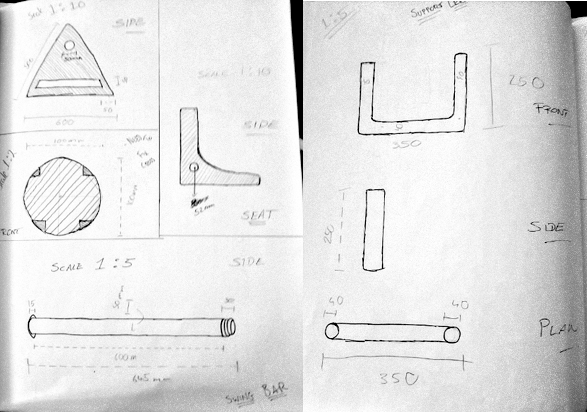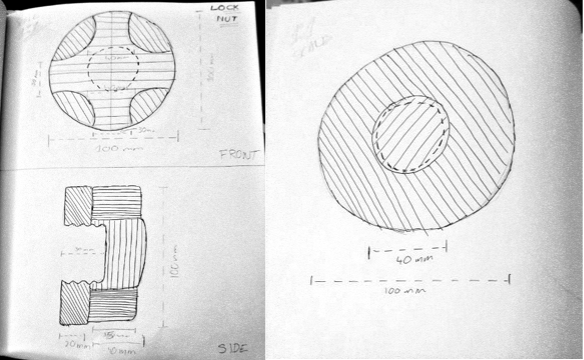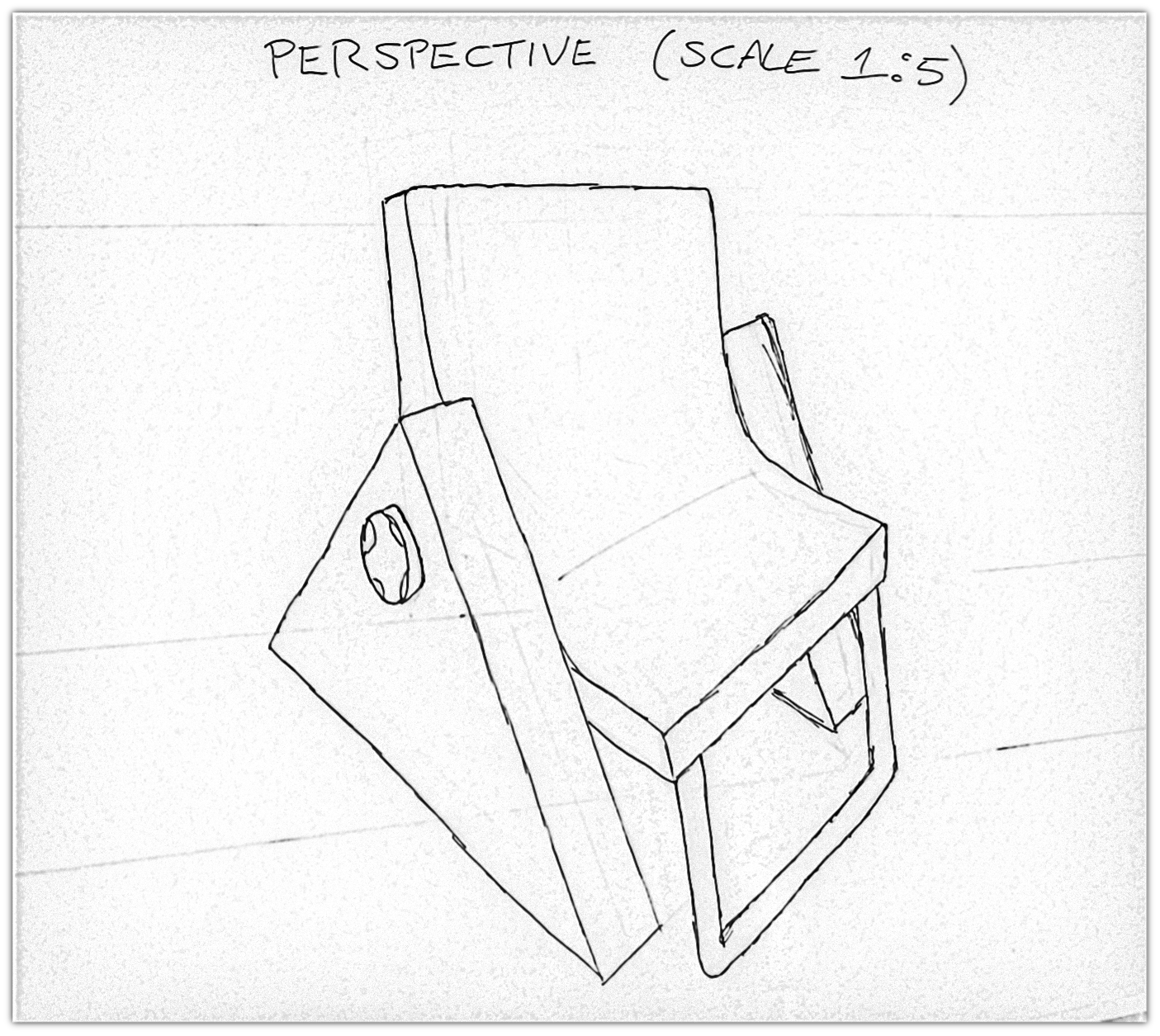1. Introduction - The Design Brief

The classroom is a place where children are required to sit and learn, usually on hard seats, for prolonged periods of time. The school seat provides a place where they will read, write, draw, listen to their teacher and engage in activities with their peers. Seats are required in this scenario for the following groups of people:
- For the teacher: Maintaining some sort of control over many pupils.
- For the student: To provide a dedicated and safe space for a child to occupy - where they can focus on the tasks at hand.
- For the group: Positioning of children around the classroom, so that they can engage in group activities as well as individual tasks.
For a great number of children, the process of learning is made even more difficult by a combination of underdeveloped vestibular systems – i.e. weak core strength and balance – and an innate need to move. [Strauss, 2014] For those with SPD (sensory processing disorder), Dyspraxia, ADHD and autism this desire is even more prevalent. Sitting still in one place can be difficult and will inevitably lead to fidgeting, or what many professionals call “the itch”. In order to learn children need to be able to think, but to be able to think they need to be able to move.

